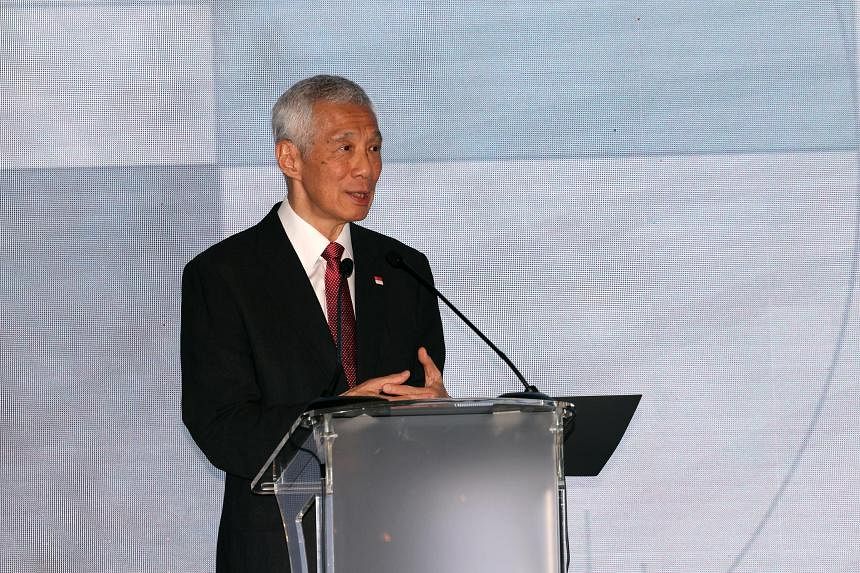SINGAPORE – Singapore and Malaysia have a close but inherently complex relationship. And while the two neighbours have not always agreed on every issue, they have made good progress because leaders on both sides have generally been able to keep the big picture in mind, said Senior Minister Lee Hsien Loong on July 21.
In a speech to the Kuala Lumpur Business Club, SM Lee said this complexity is why leaders and governments of both countries have to take a strategic perspective and manage issues sensitively, from the point of view of the overall relationship.
“They have to be aware of the potential difficulties and pitfalls, but at the same time be alert to the tremendous dividends, provided we can navigate around the problems and work together,” said SM Lee, who was on an official visit to Malaysia.
At the heart of why the relationship is complex is how the two countries came together in difficult circumstances, followed by a separation that was traumatic for both sides and unforgettable for that generation of Singaporeans and Malaysians.
“We need to understand that while the passions may subside, the underlying fundamental issues that complicate our relationship have not gone away,” he said.
This includes the fact that the two societies are inverse images of each other – Singapore is majority ethnic Chinese and minority Malay and others, while Malaysia is majority Malay and minority Chinese and others – and have taken radically different approaches to building multi-racial societies, added SM Lee.
“Things that either side does – things that we take for granted within our own societies – can easily raise eyebrows and be misinterpreted by the other side, and can cause misunderstanding or unhappiness every now and then,” he said.
Besides the structural difference to both societies, there are difficult bilateral issues for which win-win solutions cannot be easily found, he noted.
Three longstanding issues – water, airspace management and maritime boundaries – are being discussed and progress has been made, “but the issues keep on being there for many years now”, he added.
These issues require hard work and serious discussion to identify workable and durable approaches that accommodate the vital interests of both countries, he said, and discussions on them have been taking place quietly behind the scenes, but will likely take some time to reach a conclusion.
“If the time is not yet ripe to make a breakthrough on some difficult issue, then the two governments will still continue to do our best to keep matters under control, and to insulate our broader cooperation from these unresolved problems,” he said.
“We must not inadvertently let an issue get politicised and played up, or poison the overall relationship, and make things even harder and be very damaging to both sides,” SM Lee added.
It is possible, even with such difficult tasks, to find constructive ways to make progress together. He cited the KTM railway land issue, which Singapore and Malaysia were able to settle – after a 20 year impasse – in an amicable way that enhanced trust and confidence.
Land was swapped, and joint projects were built on both sides to the satisfaction of both parties, he noted.
“It enabled us to think of going on from that, to doing more things together,” he said.
Neighbourly rivalry is another element that has to be managed, he added. While passionate arguments about the origins of well-loved songs and dishes can add an extra zing into the relationship and provide some incentive to outdo each other, such passions should not get out of hand, said SM Lee.

